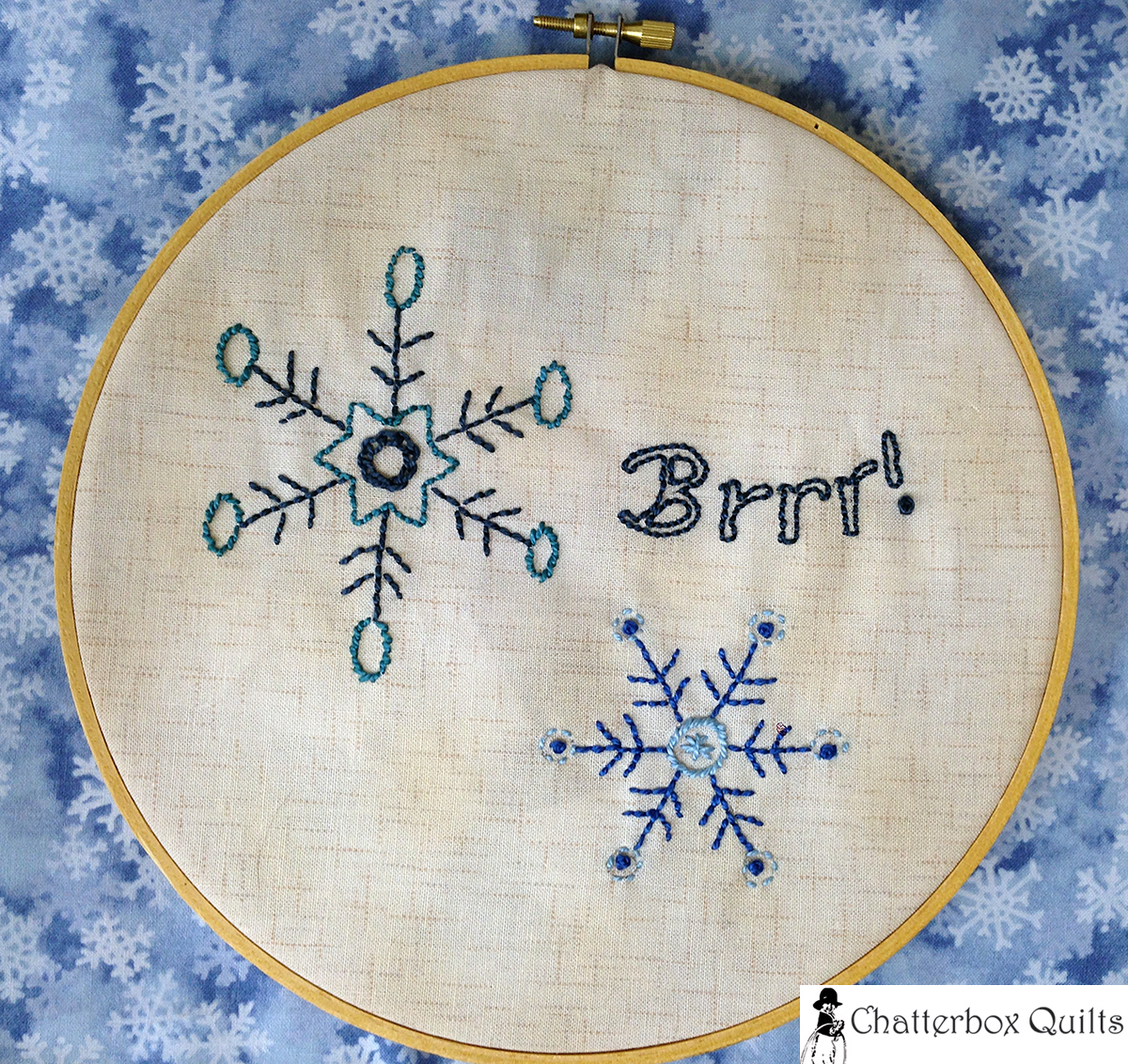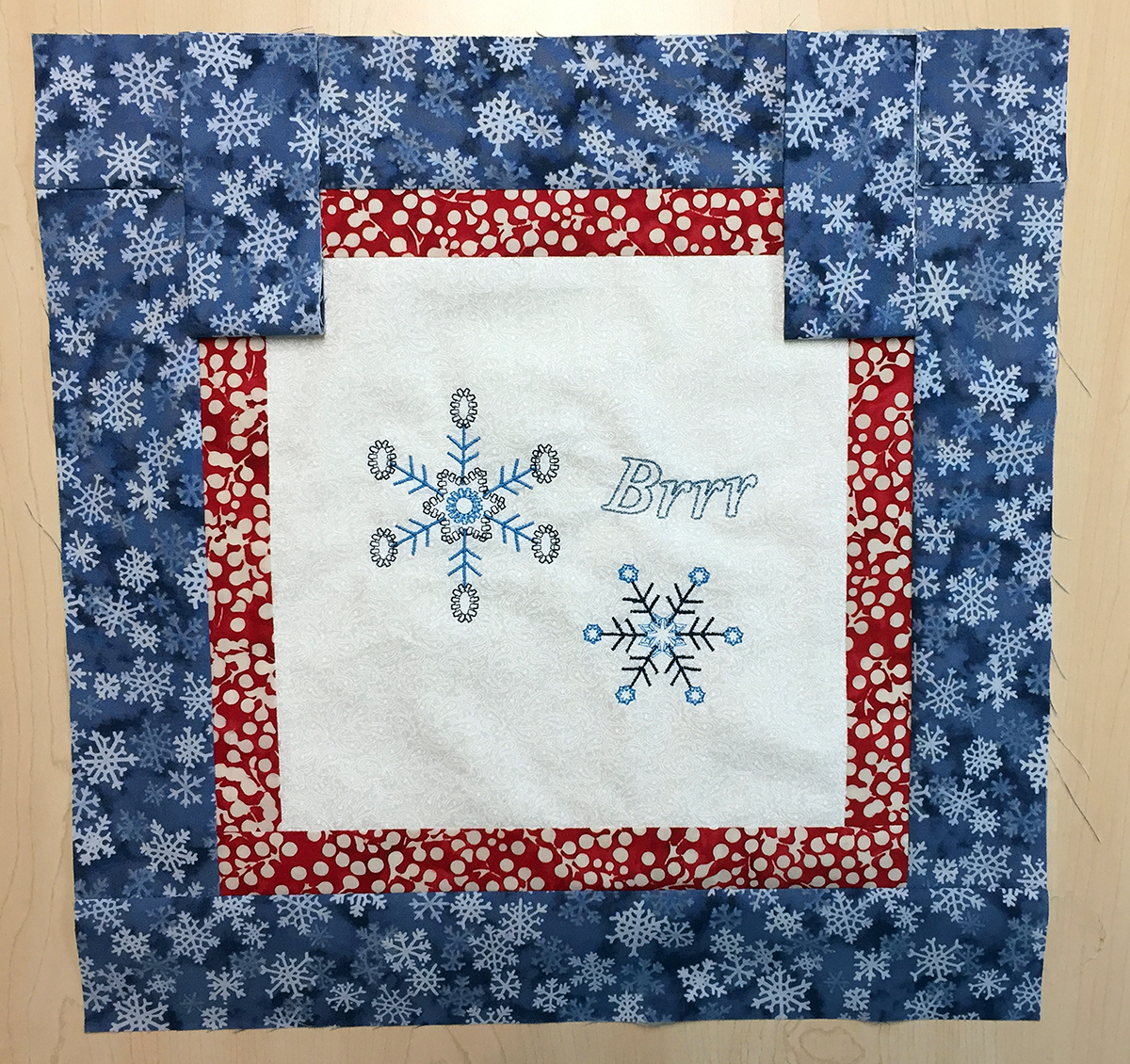I'm not a sew-er, I'm a quilter. By this I mean that I don't sew garments. Yes, you may find me mending clothes or making home decor items occasionally, but garments - no, not my thing. (It was my thing when the kids were little and would wear pants with elastic waistbands, but those days are long gone!).
Having made this statement, I was intrigued by the Sewing Application area on the Janome Horizon Memory Craft 9400 QCP. What I found interesting about it is that it provides you with information on the best settings to use when doing various sewing-type stitching. For example, if I wanted to add a zipper to a project, the Janome 9400 would help me to do this by suggesting the stitch, foot and other settings to get the best results.
In addition to common sewing applications, there are also areas for Quilting, Patchwork and Appliqué. While I think that I know the best settings for these types of stitching, it's nice to know that I can always default to the Janome 9400's knowledge to help me out.
Learn more about the Sewing Application on the Janome Horizon Memory Craft 9400 by watching the video below or on my YouTube channel.






















